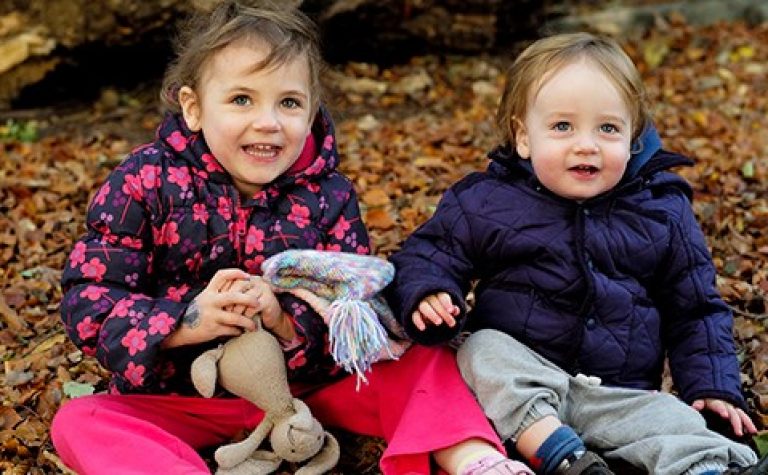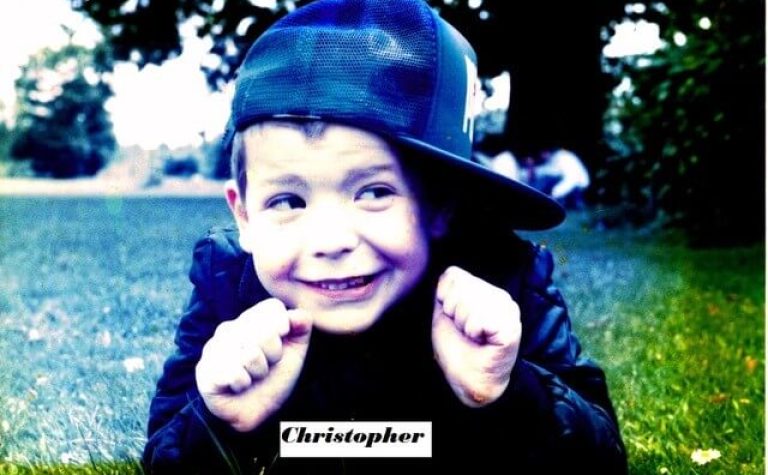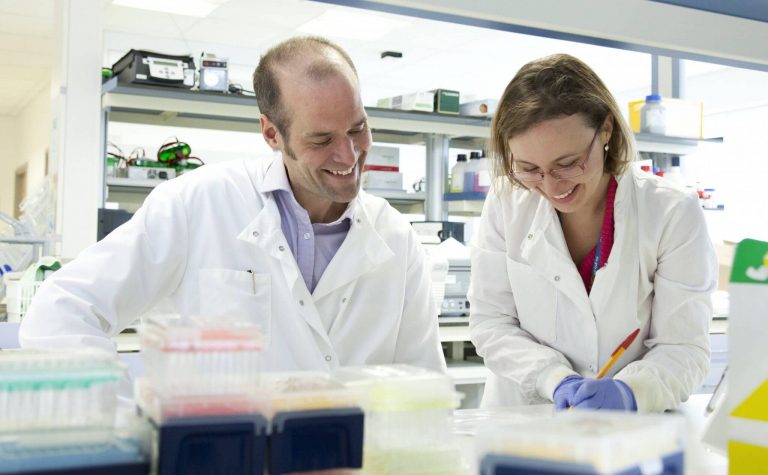What is acute myeloid leukaemia (AML)?
Acute myeloid leukaemia (abbreviated to AML) is a type of leukaemia, a cancer of the white blood cells. Your child’s body needs white blood cells help to fight infections.
There are two different types of white blood cell – lymphoid cells (also known as lymphocytes) and myeloid cells. Normally these cells repair and reproduce themselves in an orderly and controlled way. In leukaemia, however, the process gets out of control and the cells continue to divide but do not mature. Acute myeloid leukaemia, also often called AML is an overproduction of immature myeloid cells, called myeloid blasts or blast cells.
Immature myeloid cells fill up the bone marrow and stop it making healthy blood cells. As these cells are immature, they cannot work properly. This puts you at an increased risk of getting an infection. Symptoms of acute myeloid leukaemia such as bruising and anaemia are caused by the bone marrow’s inability to make enough healthy red blood cells and platelets. There are different sub-types of AML. The sub-types of AML are classified according to exactly which type of cell is affected, the stage of development and whether the cells are differentiated.
Knowing the sub-type of AML is important as it helps doctors to decide on the best treatment.
What are the symptoms of AML?
Childhood leukaemia develops quickly. The symptoms of acute myeloid leukaemia are quite general, children may have some or all of these symptoms:
- Paleness
- Anaemia
- Tiredness
- Unusual bleeding
- Unusual bruising
- Frequent and persistent infections
- Breathlessness
Incidence of AML
Around 80 new cases of childhood AML are diagnosed every year in the UK, which accounts for over 15% of children’s leukaemia cancer cases.
Incidence varies with age. The highest risk is in children aged less than two years; the risk in children aged two to nine years is lower and it then rises through the adolescent years.
More boys than girls develop AML, by a ratio of 5:4. The reason for this difference between the sexes is not known.
Diagnosis
What would you expect to happen first, when you see your GP?
A diagnosis of childhood leukaemia is usually made on the basis of a blood test. This test will reveal low numbers of normal white blood cells and large numbers of abnormal white blood cells.
Once this has happened and the doctors have the results, you will be referred to hospital for further tests. A sample of bone marrow will be taken to confirm the exact diagnosis.
How is AML treated?
What would you expect to happen during treatment?
The treatment for Acute Myeloid Leukaemia (AML) is shorter and more intensive than for Acute Lymphoblastic Leukaemia (ALL). The total duration of treatment for AML is around six months and children will usually be admitted to hospital for the full duration of their treatment. This is because intensive treatment can make children very unwell and they need a high level of supportive care.
The main AML treatment is chemotherapy. A combination of chemotherapy drugs and steroid medicines is given according to a treatment plan (also called a protocol or regimen).
Remission induction
The initial aim of treatment for AML is to achieve a state called remission where almost all leukaemic cells have been killed, allowing production of normal blood cells to resume.
Remission induction usually includes one or two blocks of a combination of chemotherapy drugs in high doses given over a few days at intervals of one or two weeks.
Children with AML are usually given intrathecal chemotherapy after each of the first two blocks of chemotherapy. This involves injecting chemotherapy drugs into the spinal fluid to prevent leukaemic cells from surviving in the brain and spinal cord. Occasionally radiotherapy to the brain may also be necessary.
Post-remission treatment
Post-remission treatment (also known as consolidation or post-induction treatment) aims to destroy any remaining leukaemic cells and to prevent the disease from returning. This phase usually involves two or three more blocks of the same drugs used in remission induction.
Sometimes it is necessary to use additional drugs or higher doses of the same drugs; this is known as intensification. Stem cell (bone marrow) transplantation is a special case of intensification. It enables doctors to give higher doses of drugs than would otherwise be possible.
The intensity of treatment needed to treat Acute Myeloid Leukaemia (AML) causes severe bone marrow suppression. Expert supportive care is therefore necessary and the child will usually need to remain in hospital, even during the gaps between treatment blocks.
All children will continue to be monitored following completion of treatment – for the first year they will be checked every two or three months. Checks will then gradually become less frequent.
The main purposes of follow-up are detection of relapse and detection of treatment complications.
The role of stem cell transplantation in AML
Stem cell (bone marrow) transplantation is used more often in children with AML than children with ALL. However its use is still largely limited to children who have experienced relapse.
Children with high-risk disease and some children with standard-risk disease may be considered for a transplant whilst in first remission.
The role of radiotherapy in Acute Myeloid Leukaemia
Radiotherapy is not routinely used in the treatment of acute myeloid leukaemia in children. Some children who are found to have leukaemic cells in their central nervous system may need to have radiotherapy.
Children who are undergoing stem cell transplantation will need radiotherapy as part of the preparation for the transplant.
Side Effects
What is happening in the body and are there any side effects?
The treatments used for acute myeloid leukaemia often cause side effects. Most side effects are temporary and can be minimised with good supportive care. The most common effects include nausea and vomiting, hair loss, reduced resistance to infection, bruising and bleeding, tiredness and diarrhoea.
Treatments can also cause long-term or ‘late’ effects. These are relatively rare and most children who survive acute myeloid leukaemia will grow and develop normally.
The main risk of long-term effects is in children who receive cranial and spinal irradiation to prevent central nervous system (CNS) relapse. Cranial and spinal irradiation is associated with impairment of growth and educational achievement and with premature onset of puberty. In order to minimise the risk, only a minority of children receive cranial irradiation routinely and those that do receive the absolute minimum dose of radiotherapy necessary.
Other documented problems include cardiac problems, fertility problems and a small elevated risk of second cancers.
Some children may develop persistent side effects as a result of treatment, sometimes many years later. These can include
- a reduction in normal bone growth
- reduced fertility
- a change in heart function
- a small increase in the risk of developing a second cancer later in life
Follow-up and relapse
All children will be followed-up at regular intervals following their treatment for AML to monitor their progress and check for treatment-related problems.
A high proportion of children with acute myeloid leukaemia will achieve remission but up to a quarter of these children will relapse – their disease will return. Relapse usually occurs within the first three years after treatment. Although relapsed AML tends to be more resistant to treatment, many children can be successfully re-treated.
The timing of relapse is significant. Children who relapse a long time after treatment has finished have a better chance of responding to re-treatment. These children will be considered for a stem cell transplant if they have not already received one. In children who have already received a transplant, it may be possible to use immune cells from the original donor to treat a relapse; this is known as donor lymphocyte infusion (DLI)
The likelihood of a relapse progressively decreases with time, although late relapses do occur.
Survival Rate
How effective are the treatments - What are the survival rates?
Until the 1960s childhood leukaemia was incurable. Today, thanks to improvements in care and sustained investment in research, the outlook for young patients diagnosed with AML has dramatically improved.
Can it come back?
A high proportion of children with AML will achieve remission but up to a quarter of these children will relapse and their disease will return. Relapse usually occurs within the first three years after treatment. Although relapsed AML tends to be more resistant to treatment, many children can be successfully re-treated.
The significant factor in relapse is timing. Children who relapse a long time after treatment has finished have a better chance of responding to re-treatment. These children will be considered for a stem cell transplant if they have not already received one.
In children who have already received a transplant, it may be possible to use immune cells from the original donor to treat a relapse; this is known as donor lymphocyte infusion. The likelihood of a relapse progressively decreases with time, although late relapses do occur.
Research
Most children have their treatment as part of a clinical trial. These aim to improve understanding of the best way to treat the leukaemia, usually by comparing the standard treatment with a new or modified version.
Participation in trials is optional but may offer the opportunity to receive new treatments.
Children with Cancer UK is funding a number of research projects aimed at improving our understanding of childhood leukaemia and improving the outlook for young patients.
We’ve funded several projects specifically related to acute myeloid leukaemia. For example, in 2020, we funded Dr Srdan Rogosic’s research project looking at developing a new type of CAR-T cell therapy for acute myeloid leukaemia, which he hopes will increase the chances of survival for these children. Find out more by clicking here.


